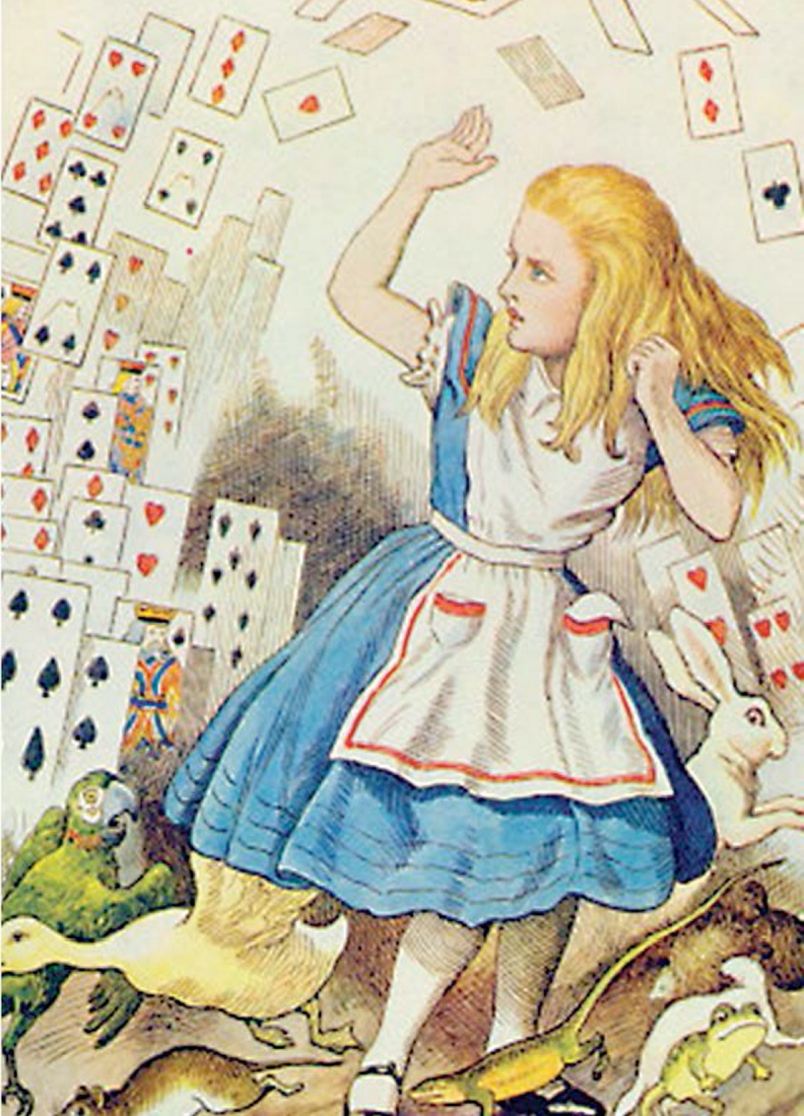
Human sensibilities are in part a matter of scale, which is to say that as we interact with the world we move from the particular to the general and vice versa, oscillating between conceptions of reality in order to find our comfortable place among events.
Though we like to imagine we and the universe move in straight lines of causality by which we can link events and place ourselves within time and space, this inclination is a cultural artifact developed over the centuries. Studies of non-western and pre-literate cultures clearly demonstrate our conception of space and time is a matter of choice, not necessity.
Perspective in drawing and painting, for example, did not exist until the Renaissance. Perspective, the illusion of distance created in two-dimensional representations, is dependent upon the idea of the vanishing point, a imaginary dot in distant space where parallel lines converge. Our customary assumption is that every human being can see and understand perspective drawings, but until perspective’s discovery and application, views of objects or representations of events were presented using “flat” representations from varying points of view. The vanishing point requires the plotting of lines using Euclidian geometry, a form of geometry that exists on paper and in the imagination only. In the natural universe of curved space and time, Euclidian geometry does not exist, nor does it exist natively in the human mind.
The vanishing point was controversial, particularly for the Renaissance church, because it extended lines in space to a point of zero. Zero, the mathematical representation of nothing, was considered a dangerous and heretical idea to church authorities who believed doctrine asserting the presence of God at all times in all things. Thus the idea of zero, or nothing, threatened an essential tenet of Christian teachings at the time, and its denial as a legitimate mathematical concept (conceived by Hindus and developed by Islamic cultures) delayed both the advance of computational mathematics and the use of perspective in drawings. When the ground of belief is threatened, institutional resistance often strengthens, a process we can see still occurring in debate about climate change.
Writing as Lewis Carroll, the mathematician schoolteacher Charles Dodgson wrote “Through the Looking Glass” and “Alice’s Adventures in Wonderland” using non-Euclidian principles of mathematics. Accordingly, we find Alice confronting paradoxes of perception and sensibility as her ground of reality ceases to be regular, predictable and constant. Regularity, predictability and constancy are characteristics of linear Euclidian thinking and dominate our western conception of reality. As later determined by Einstein, space and time are irregular, unpredictable and non-constant; Alice’s paradoxical wonderland where answers are given before questions are asked and scale and size are interchangeable more closely matches the underlying structure of the universe than anything described by Euclid.
At times our world feels a lot like Wonderland. Money has no absolute value nor does real estate. Commerce creates effects before causes: products and technologies are invented prior to any need for them; the solution comes first and then we find the problem. Digital data is never deleted, its cloudy traces remain like the smile of the Cheshire Cat. The speedy mash-up of contemporary life has turned our days into social media tea parties with each of us in the occasional role of the Mad Hatter.
Like Alice, we’ve all passed through the looking glass.